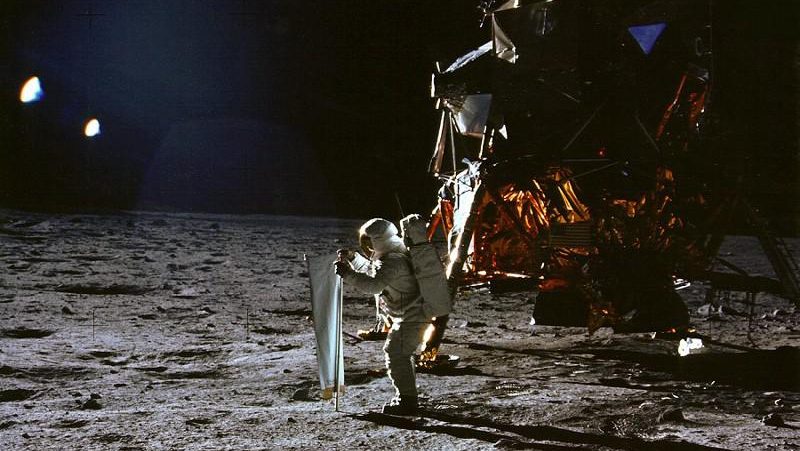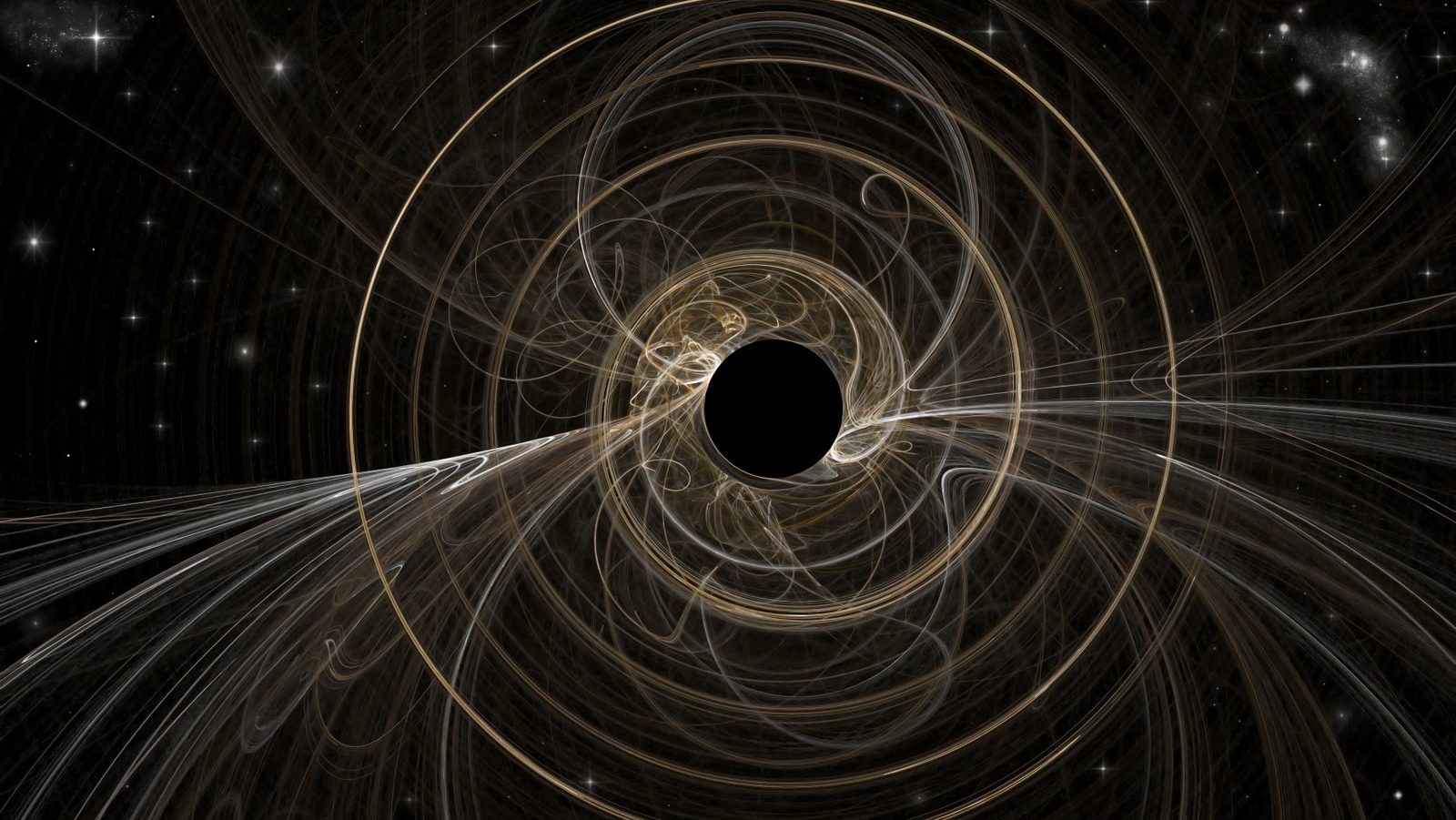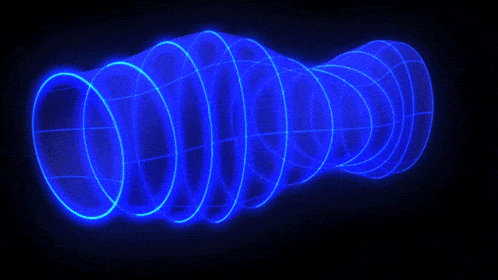5 Facts Everyone Must Know Now That The Solstice Is Over
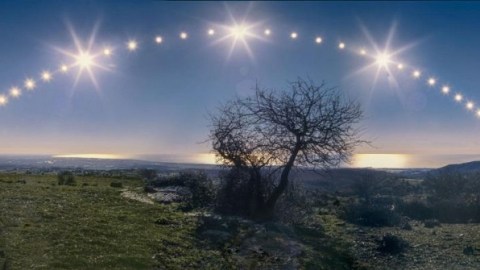
All of this has happened before… but not like this!
As the year draws to a close, we approach a very special time of year, at least from an astronomical perspective. This past Thursday, December 21st, marked the Winter Solstice in the Northern Hemisphere, or the date where the Earth’s axis is tilted its maximal amount away from the Sun, as viewed from an observer north of the equator. Sure, it’s pretty common knowledge that the Earth’s revolution around the Sun in conjunction with its axial tilt is the reason for the seasons. But the December solstice — one of the two days where the Earth’s tilt is maximally inclined with respect to the Sun — brings a number of special things along with it that are unique to this time of year. Here are the top 5.
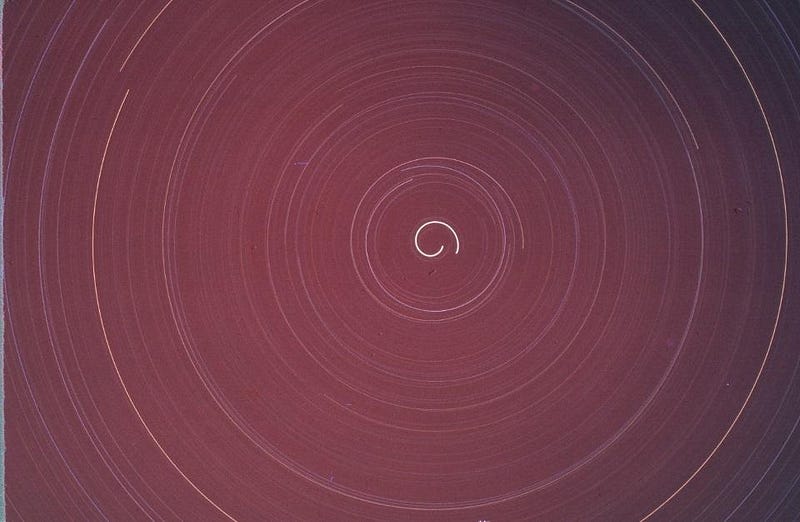
1.) A dedicated astrophotographer living North of the Arctic Circle could take the first-ever 360-degree star trail photo!
Never-yet-accomplished, Lewin’s Challenge requires 24 hours of consecutive darkness, something that happens for six continuous months, centered on the solstices, at each of the poles. As we cycle through our orbit, the equinoxes mark a time when every location on Earth receives 12 hours of daylight and 12 hours of night. Subsequently, one of the poles plunges into darkness, with progressively lower and lower (numbered) latitudes surrounding that pole joining the party. This reaches its peak on the Solstice, where all latitudes within 23.5 degrees of the pole-in-darkness (so everyone north of 66.5 degrees on Saturday’s Solstice) will receive 24 hours of sunless skies. If you’re far enough north, you’ll spend that entire time with stars visible, and in darkness, as well.
If you can get inside the Arctic circle, have clear skies, and leave your shutter open, properly centered on the North Pole, you could be the first one! Anyone in (or north of) Cornwallis Island, Canada, Longyearbyen, Norway, or Qaanaaq, Greenland, willing to give it a shot?
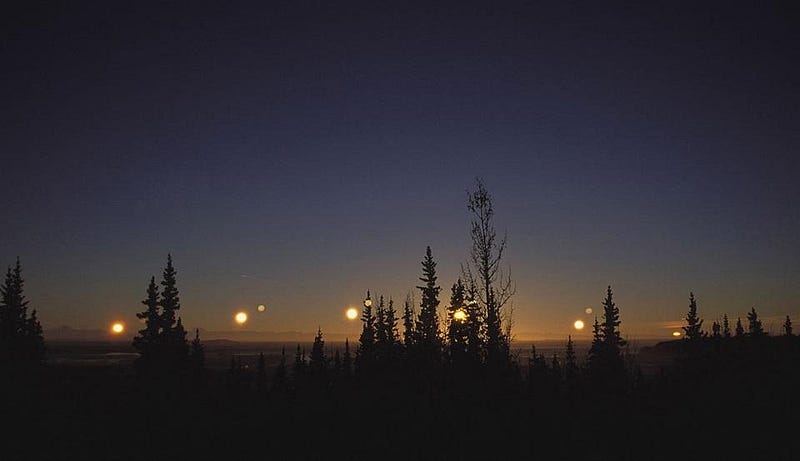
2.) Anyone living north of the 43rd parallel will, on the Winter Solstice, never have the Sun rise higher in the sky than it appears all day at the South Pole!
That’s right, the South Pole — one of our favorite metaphors for a cold, dark, remote place — will have the Sun be higher above the horizon all day than locations like Madison, WI, Portland, OR, all of Germany, Poland, England and nearly all of Russia will see at any time during the day! In fact, for a modest location like Portland, OR, with a latitude of 45.6 degrees N, it will take around a week for the Sun to reach an angle above the horizon that exceeds what you’d see at the South Pole, while for an observer in Anchorage, AK, that won’t happen for another six weeks!
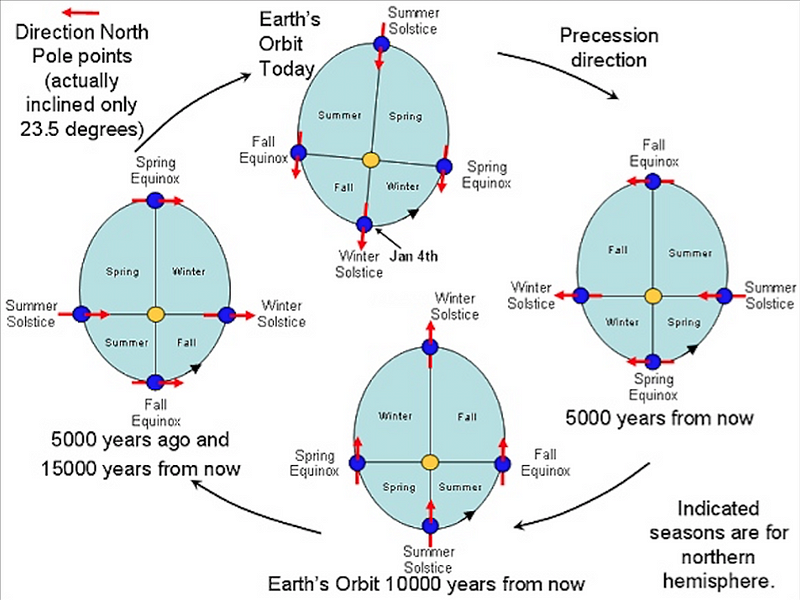
3.) The Winter Solstice now occurs very close to perihelion, or the Earth’s closest position to the Sun, but that is slowly changing over time!
The Earth’s orbit around the Sun makes an almost perfect ellipse, making a complete revolution every year. Well, kind of. You see, there are two types of year: the tropical year, which we define as 365 (or sometimes 366) days, and is the amount of time it takes the Sun to return to the same position it was in the sky approximately one revolution ago, and the sidereal year, which is the amount of time it takes the Earth to return to the same location in space, relative to the background of stars, that it was exactly one revolution ago.
These two measurements of years are slightly different from one another, by one part in about 26,000; combined with the smaller intrinsic precession of Earth’s orbit with respect to the stars (mostly due to the other planets), we get that the Winter Solstice cycles through an entire orbit every 21,000 years. The Winter Solstice coincided with perihelion — which now occurs just a couple of weeks later — just a short 800 years ago, and has been progressively migrating away from it; in about 10,000 years, it will be coincident with aphelion, or the point of farthest distance from the Sun! This past Thursday’s Winter Solstice was the closest solstice to the Sun you’ll ever experience for the rest of your life!
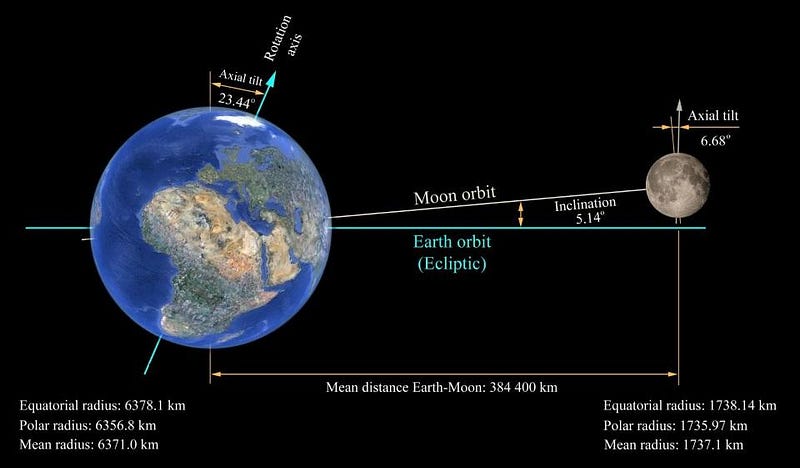
4.) The low position of the Sun in the sky means that the full Moon closest to the Solstice, at its highest, will be the highest full Moon above the horizon all year!
Think about it; when the Earth’s axis is maximally tilted towards the Sun and the Moon is full — as in, on the other side of the Earth from the Sun — that means the Earth’s axis will be maximally tilted away from the Moon. (To within a maximum error of just 5 degrees, the amount that the Earth-Moon orbital plane is inclined to the Earth-Sun plane.) That means, in a broad sense, that just as the Sun appears to carve its lowest paths through the sky, the full Moons closest to your Winter Solstice carve their highest paths through the sky, and vice versa during the Summer Solstice!
This also means the new Moons closest to the Winter Solstice carve their lowest paths through the sky, and since the new Moon falls close to the Solstice this year, it will be just as low on the horizon as the Sun. Of course, those of you in the Southern Hemisphere will find quite high new Moons and low full Moons as a result at this time of year: exactly the opposite of what those of us in the north will see!
So while Australians are enjoying the Sun riding its highest paths through the sky, here in the north — both two weeks ago and two weeks past the solstice — we’ll enjoy the full Moon, which happens to be a supermoon, doing the same thing!
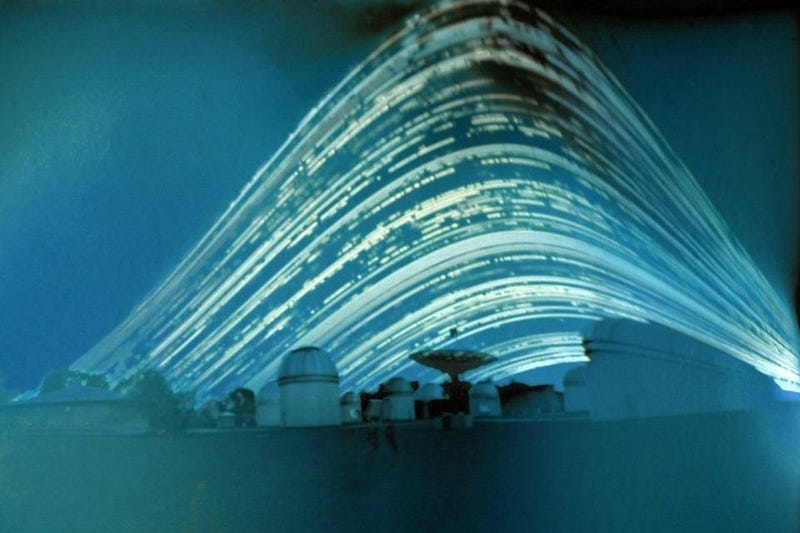
5.) It’s called the “solstice” because the Sun literally “stands still” in the sky.
For approximately a week in each direction around both solstices, the path of the Sun through the sky barely changes at all for all observers in both hemispheres. As such, our word for solstice marks exactly that occurrence, and explains why, if you track the Sun’s path on a daily basis over the course of a year, you’ll see nearly identical tracks near the bottom (marking the Winter Solstice) and the top (marking the Summer Solstice) of all such images.
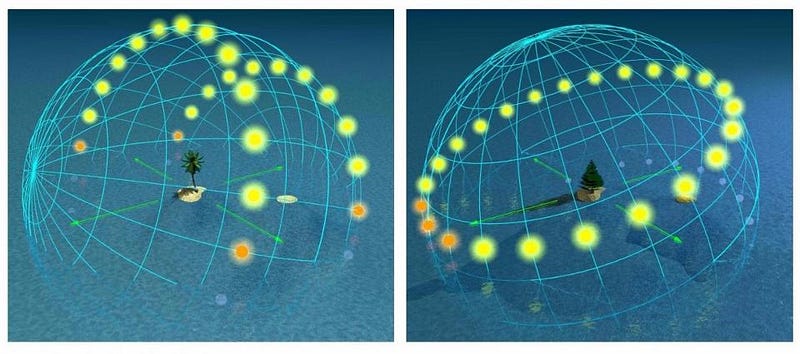
There is a theory that the whole idea of celebrating the new year only began as humans migrated away from the equator, where the difference between the Sun’s path through the sky — and the seasonal climates — became incredibly different. As the Winter Solstice approaches, the Sun’s path dips lower and lower each day. Perhaps you’d fear, if you didn’t know any better, that it might drop below the horizon entirely and disappear forever. But the Solstice marks its minimum point, and then a few days afterwards, it noticeably begins to rise again. Hence, the Sun would return to its dazzling spring-and-summer heights, and a new year would begin. Perhaps that’s where rituals such as New Year’s, Christmas, and other just-post-solstice “rebirth” celebrations owe their origins to!
And there’s a special solstice bonus for those of you who care about humanity’s ventures to journey into space.
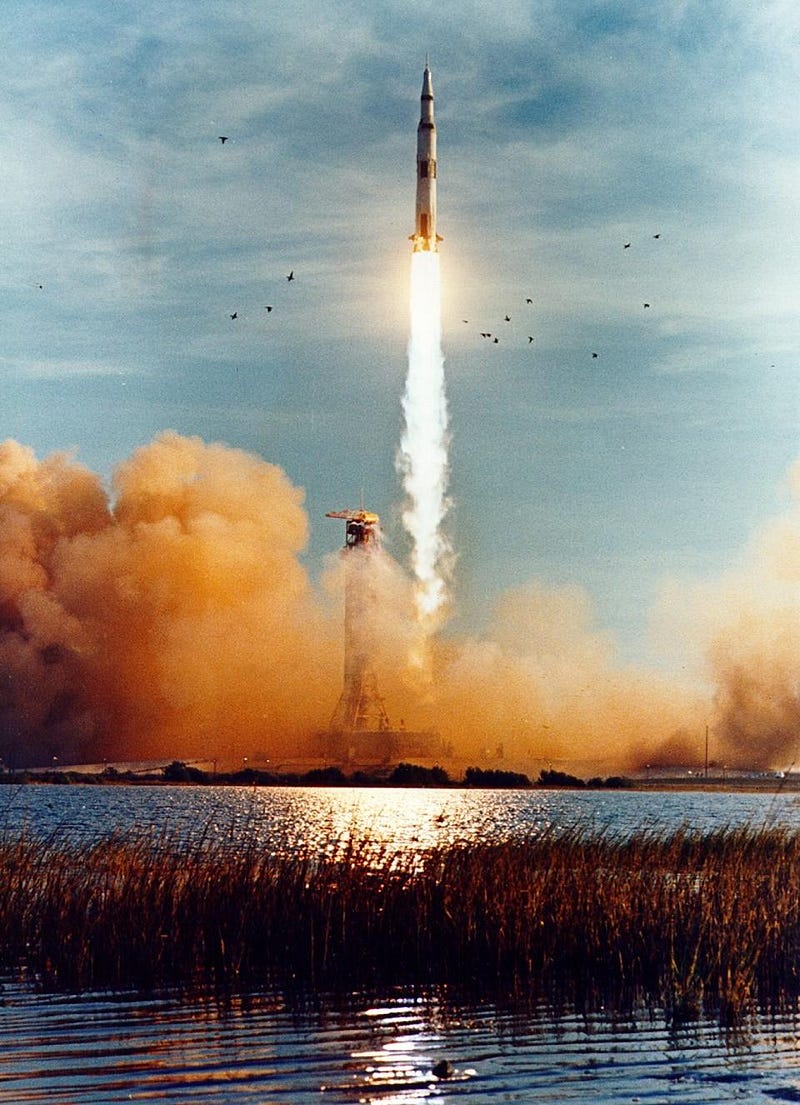
6.) It was on the Winter Solstice in 1968 that humans, for the first time, were launched to the Moon!
The Apollo 8 mission, the first manned mission to reach and orbit the Moon, was launched on the Winter Solstice in 1968, exactly 46 years ago this Sunday. The first humans to ever see the Earth from such a great distance, Frank Borman, Jim Lovell and Bill Anders began their journey away from Earth on the Winter Solstice, the darkest evening of the year.
Three days later, they plunged behind the Moon, and both the Sun and the Earth became invisible for a few hours. When those few hours passed, first the Sun and then the Earth re-emerged over the limb of the Moon. This was what they saw.
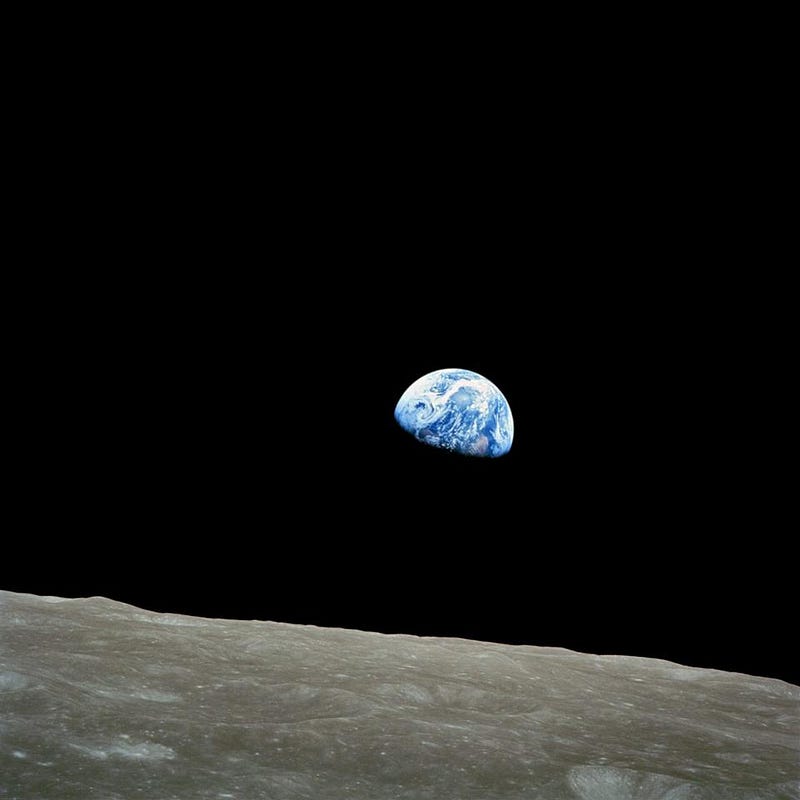
As Bill Anders said almost immediately,
“We came all this way to explore the Moon, and the most important thing is that we discovered the Earth.”
So enjoy the solstice however you see fit, and as you do, try and remember this: whether you’re bathed in the longest day or the longest night of the year, there are some things that we all have in common and can bring us all together. The story of where we are and how we came to be here — on Earth, in the Solar System and in the Universe — just might be the most omnipresent of them all.
Ethan Siegel is the author of Beyond the Galaxy and Treknology. You can pre-order his third book, currently in development: the Encyclopaedia Cosmologica.

